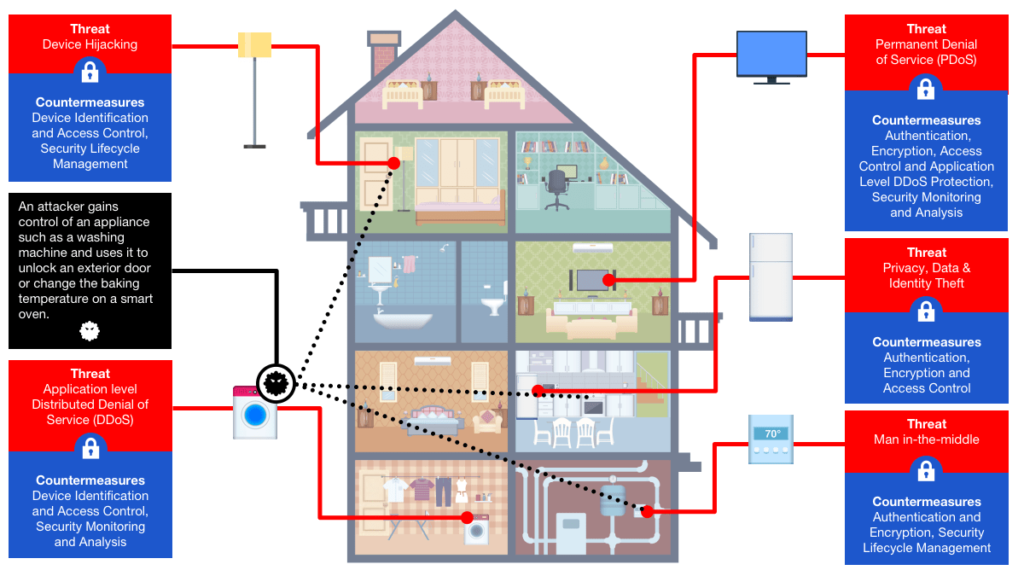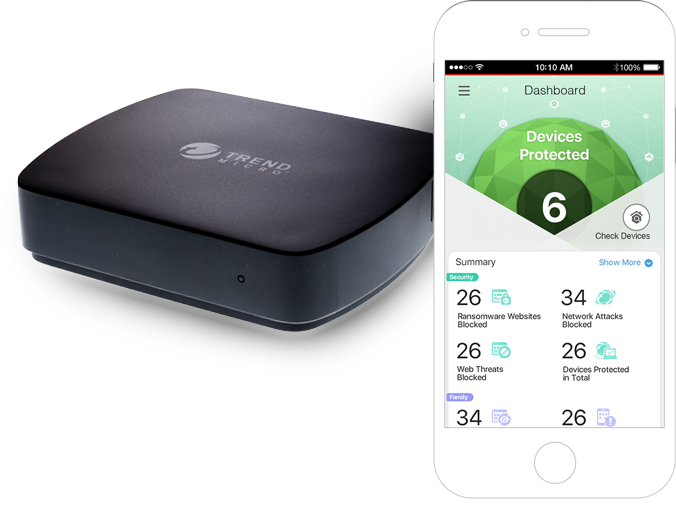How to Secure Your Smart Home Gadgets from Hackers
Introduction
Smart home gadgets have become increasingly popular in recent years, offering convenience and automation to homeowners. However, with the rise of these devices, the risk of hackers gaining access to your personal information and even your home has also increased. It is crucial to take steps to secure your smart home gadgets and protect your privacy and security. In this blog post, we will discuss some essential tips and best practices to ensure the safety of your smart home devices.
1. Update Firmware Regularly

One of the most important steps in securing your smart home gadgets is to keep their firmware up to date. Manufacturers often release firmware updates to address security vulnerabilities and enhance device performance. Regularly check for updates and install them promptly to ensure your gadgets are protected against the latest threats.
2. Use Strong and Unique Passwords
Many smart home gadgets come with default passwords, which are often weak and easily guessable. Change these default passwords immediately and create strong, unique passwords for each device. Avoid using common phrases or personal information that can be easily guessed. Consider using a password manager to securely store and manage your passwords.
3. Enable Two-Factor Authentication
Two-factor authentication adds an extra layer of security to your smart home gadgets. By enabling this feature, you will need to provide a second form of verification, such as a fingerprint or a unique code sent to your mobile device, in addition to your password. This significantly reduces the risk of unauthorized access even if your password is compromised.
4. Secure Your Wi-Fi Network
Your smart home gadgets rely on your Wi-Fi network for connectivity. Ensure that your Wi-Fi network is secure by changing the default network name (SSID) and password. Use a strong encryption protocol, such as WPA2, and regularly update your Wi-Fi router’s firmware. Additionally, consider setting up a separate guest network for visitors to prevent them from accessing your smart home devices.
5. Disable Unnecessary Features
Smart home gadgets often come with various features that you may not need or use. Disable any unnecessary features, such as remote access or voice control, that could potentially introduce security risks. By limiting the functionality of your devices to only what you require.
Summary
Securing your smart home gadgets is of utmost importance to safeguard your privacy and prevent unauthorized access. Here are some key takeaways from this blog post:
- Regularly update your devices’ firmware to ensure you have the latest security patches.
- Change default usernames and passwords to unique, strong credentials.
- Enable two-factor authentication whenever possible.
- Segment your network to isolate smart home devices from other devices.
- Disable unnecessary features and services that may pose security risks.
- Use a secure and encrypted Wi-Fi network for your smart home devices.
- Regularly monitor your devices for any suspicious activity.
- Keep track of manufacturer recalls and security advisories.
- Consider using a virtual private network (VPN) for an added layer of security.
- Stay informed about the latest security threats and best practices.
By following these guidelines, you can significantly reduce the risk of your smart home websites gadgets being compromised by hackers. Remember, proactive measures and staying vigilant are key to maintaining a secure smart home environment.
- Q: How can I secure my smart home gadgets from hackers?
- A: Here are some steps you can take to secure your smart home gadgets:
- Change default usernames and passwords on your devices.
- Keep your devices’ firmware up to date.
- Use strong, unique passwords for each device.
- Enable two-factor authentication if available.
- Secure your Wi-Fi network with a strong password.
- Disable unnecessary features and services on your devices.
- Regularly check for and install security updates.
- Consider using a separate network for your smart home devices.
- Be cautious when granting permissions to third-party apps.
- Regularly monitor your devices for any suspicious activity.
- Q: Why is it important to change default usernames and passwords on smart home gadgets?
- A: Changing default usernames and passwords is crucial because hackers often know the default credentials for many devices. By changing them, you make it harder for hackers to gain unauthorized access to your smart home gadgets.
- Q: What is firmware, and why should I keep it up to date?
- A: Firmware is the software embedded in your smart home devices that controls their functionality. Keeping firmware up to date is important because manufacturers often release updates to fix security vulnerabilities and improve device performance.
- Q: How can I create strong passwords for my smart home gadgets?
- A: To create strong passwords, follow these guidelines:
- Use a combination of uppercase and lowercase letters, numbers, and special characters.
- Avoid using common words or personal information.
- Make your passwords at least 12 characters long.
- Use a password manager to securely store and generate unique passwords for each device.
- Q: What is two-factor authentication, and why should I enable it?
- A: Two-factor authentication adds an extra layer of security by requiring a second

Welcome to my website! My name is William Spence, and I am a professional Home Entertainment System Installer with a passion for all things related to smart home gadgets, home entertainment systems, computing essentials, and home office setups. With years of experience in the industry, I am dedicated to providing top-notch services and helping individuals transform their homes into smart, efficient, and enjoyable spaces.
